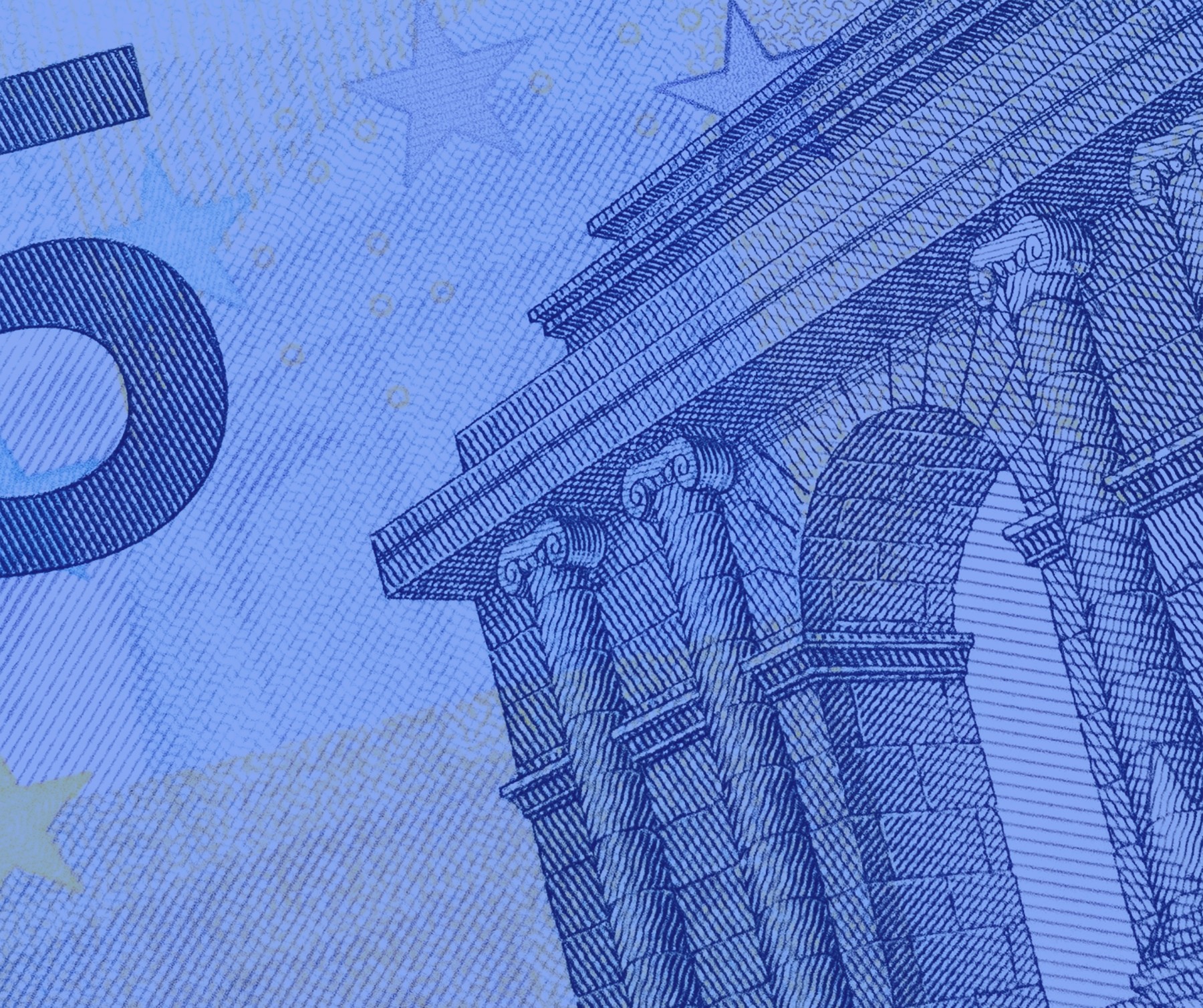An introduction to PSD2
2019-11-01
What is PSD2?
The acronym PSD2 stands for Payment Services Directive. In fact, this is a revised version of an earlier directive that was created by the European Union to regulate payment services and payment service providers. It was created to align consumer protection and establish rights and obligations of payment providers and users.
It promises to make it easier, and safer, for people to change banks, arrange payments or loans, allow financial services - such as payment tracking, budget advice, etc - safely access your bank accounts, or transfer money more flexibly. In short, the purpose of PSD was to increase competition, including from non-banking companies, and harmonise rights and obligations and consumer protection. The ourcome for consumers is faster payments, clear information on rights, costs, and refunds.
What are payment services?
Any service that facilitates the transfer of money from one party to another is a Payment Service. This covers credit or debit card payments, direct debit, bank transfers, and even person-to-person transfers.
What are payment service providers
Traditionally payment service providers have been banks and large financial institutions. Historically, most of the regulation of how they handle transfers and associated charges have been regulated at EU level, but often with fees or extra red tape. The initial payment services directive - from 2007 - sought to harmonise these regulations. The new directive brings more consumer protection and also opens the market to non-banks and more innovative approaches to banking through open banking.
Access to your data
The revised payment services directive (PSD2) allows third-parties access your banking data. You control what and how much they access, and when they can use access it. Without your permission, the third-parties are not allowed to store or reuse your data.
Bank account dashboard
There are a number of web and mobile applications that allow you to gather all your various bank account and financial information in one place. These have been popular even before PSD2, which means they were usually not approved by banks or financial institutions. They usually used so-called screen-scraping technology that required you to share your bank account login details so their automated processes could gather the information required to aggregate your details in one place - i.e. their website or app.
These services provided a lot of value to their users, offering insights and advice they would never have known otherwise. However, any breach of data or fraud resulting from the use of such a service would not be covered by your bank. The services were very risky to use!
With PSD2 these companies can now safely provide an improved level of detail. Should there be any fraud, the banks and financial institutions are obliged to deal with it as normal - your consumer rights are fully protected.
Interesting links for consumers
https://ec.europa.eu/commission/presscorner/detail/en/qanda_19_5555
https://www.ionos.com/digitalguide/online-marketing/online-sales/psd2/
https://transferwise.com/gb/blog/what-is-psd2
Businesses and Fintech companies
https://www.worldpay.com/en-gb/merchants/psd2
https://gemalto.com/financial/ebanking/psd2
https://www.paymentscardsandmobile.com/psd2-explained-payment-services-directive-created/
